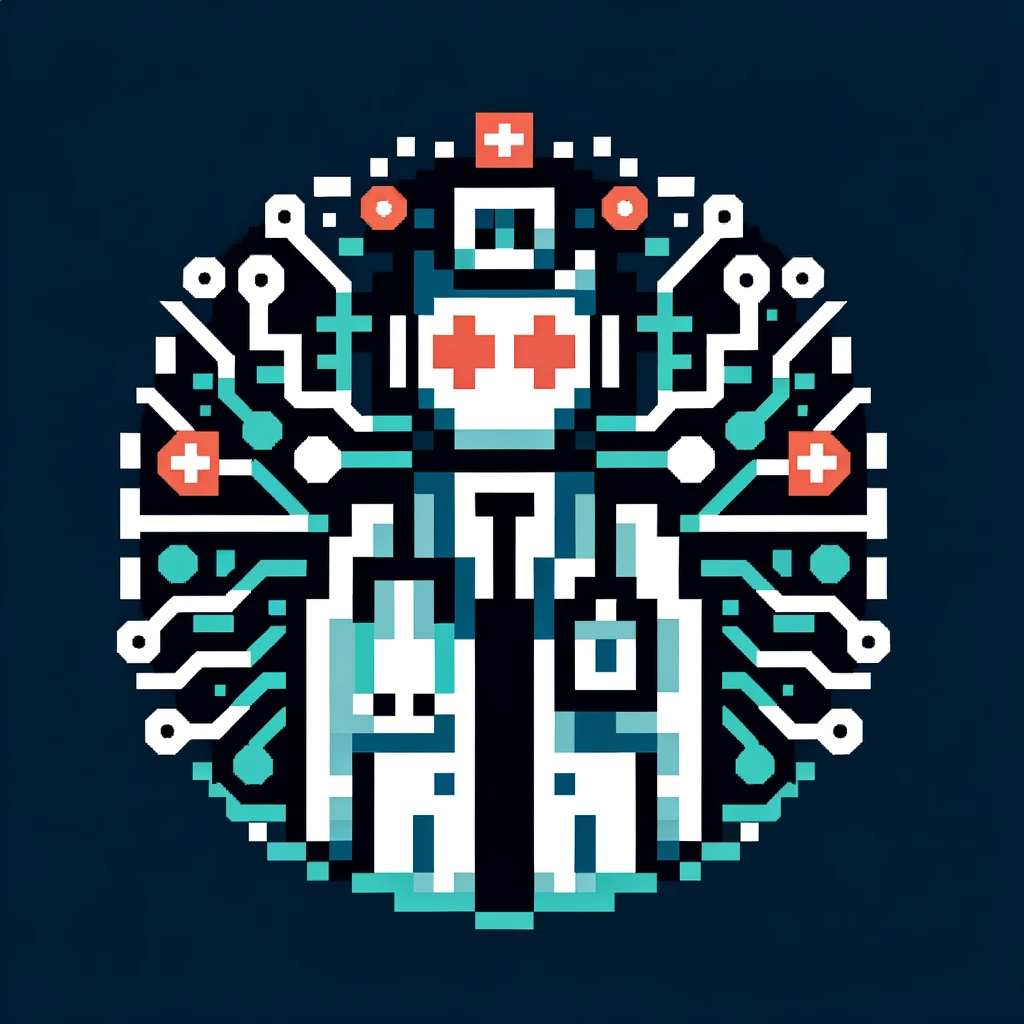148 reads
Systems Interoperability Types: The Results of Our Tertiary Study and What It All Means
by
March 22nd, 2024
Audio Presented by

The #1 Publication focused solely on Interoperability. Publishing how well a system works or doesn't w/ another system.
About Author
The #1 Publication focused solely on Interoperability. Publishing how well a system works or doesn't w/ another system.
